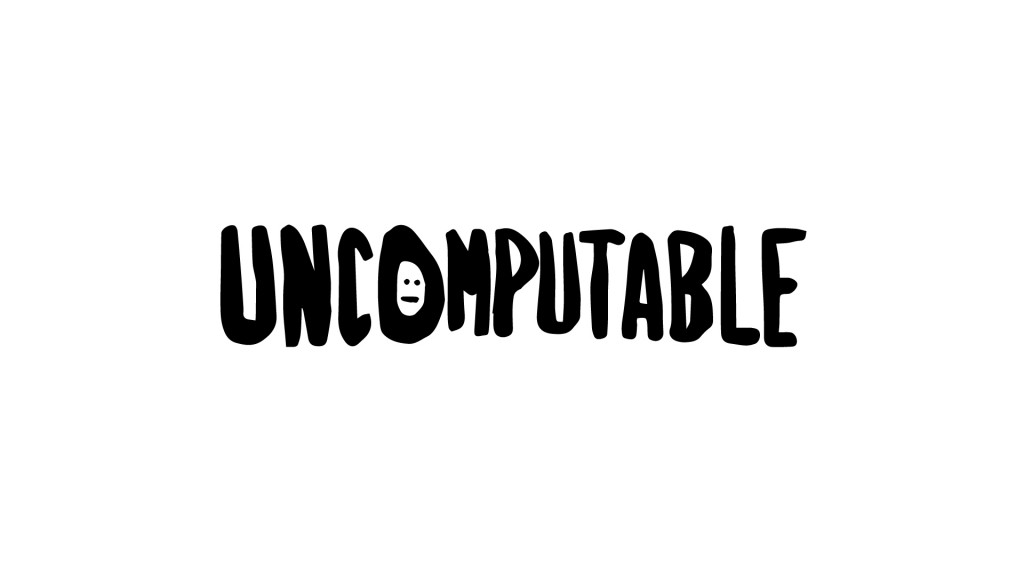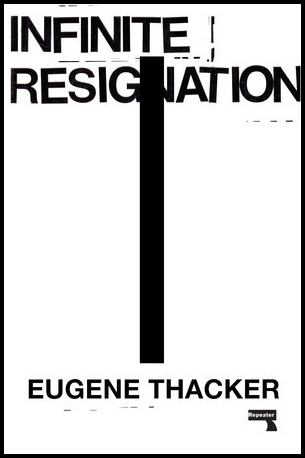Also from Enzensberger's book Mausoleum is this vivid but tone deaf account of Alan Turing, indicative of the homophobia evident in much of the secondary literature on Turing. The scientist was “shrill” but also silent, fainted inexplicably, didn't want to touch people, and “inadvertently” drank poison. “Evidently he was out to delete himself,” was Enzensberger's dry assessment. As an antidote I would recommend reading this along side Jacob Gaboury's “A Queer History of Computing.”
A. M. T. (1912-1954)
It's certain that he never read a newspaper; that he knitted his gloves himself; that he always kept losing trunks, books, coats; and that, whenever he broke his stubborn silence at meals, he fell into a shrill stuttering or a cackling laugh. His eyes were a radiant, inorganic blue, like stained glass.
Very well then. Let us imagine a universal automaton A, which is capable of simulating any other automaton. An. A is a black box fed with an endless strip of paper; this band is the outer world of the machine. It is divided into fields, each single one of which is either blank or marked. We now imagine that A patiently reads one field after another, moving the strip one field forward or backward, and/or writes a mark and/or erases a mark, and we name this apparatus, after its inventor, a Turing machine. Continue reading

